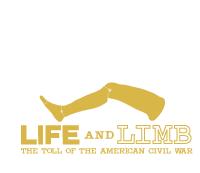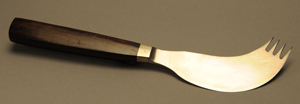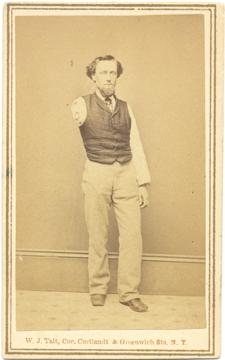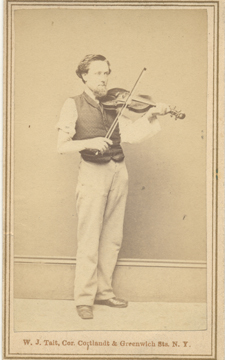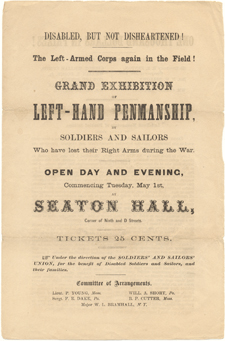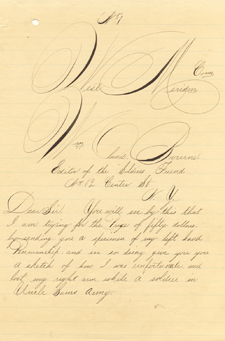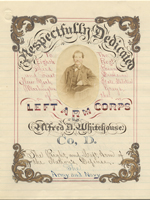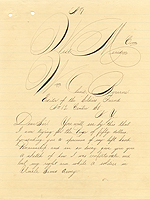The Empty Sleeve
A large proportion of disabled veterans in both the North and the South did not wear artificial limbs. Many did not even apply for the money they were eligible to collect because of negative attitudes to the idea of charity. Moreover, pinning up an empty sleeve or trouser leg, instead of hiding the injury with a prosthesis, made their sacrifice visible. Displaying an “honorable scar” in this way, especially during and immediately after the war, helped amputees to assert their contribution to the cause.

Life Without a Limb
Veterans who had lost an arm learned to use their remaining limb instead, and could utilize specially-designed devices to tackle everyday tasks. Such strategies were especially important because many prosthetic designs had only limited function and could also be uncomfortable, particularly if the wounds from injury or surgery had healed badly. Moreover, an artificial limb might prove too expensive to repair or replace over the course of a lifetime.



